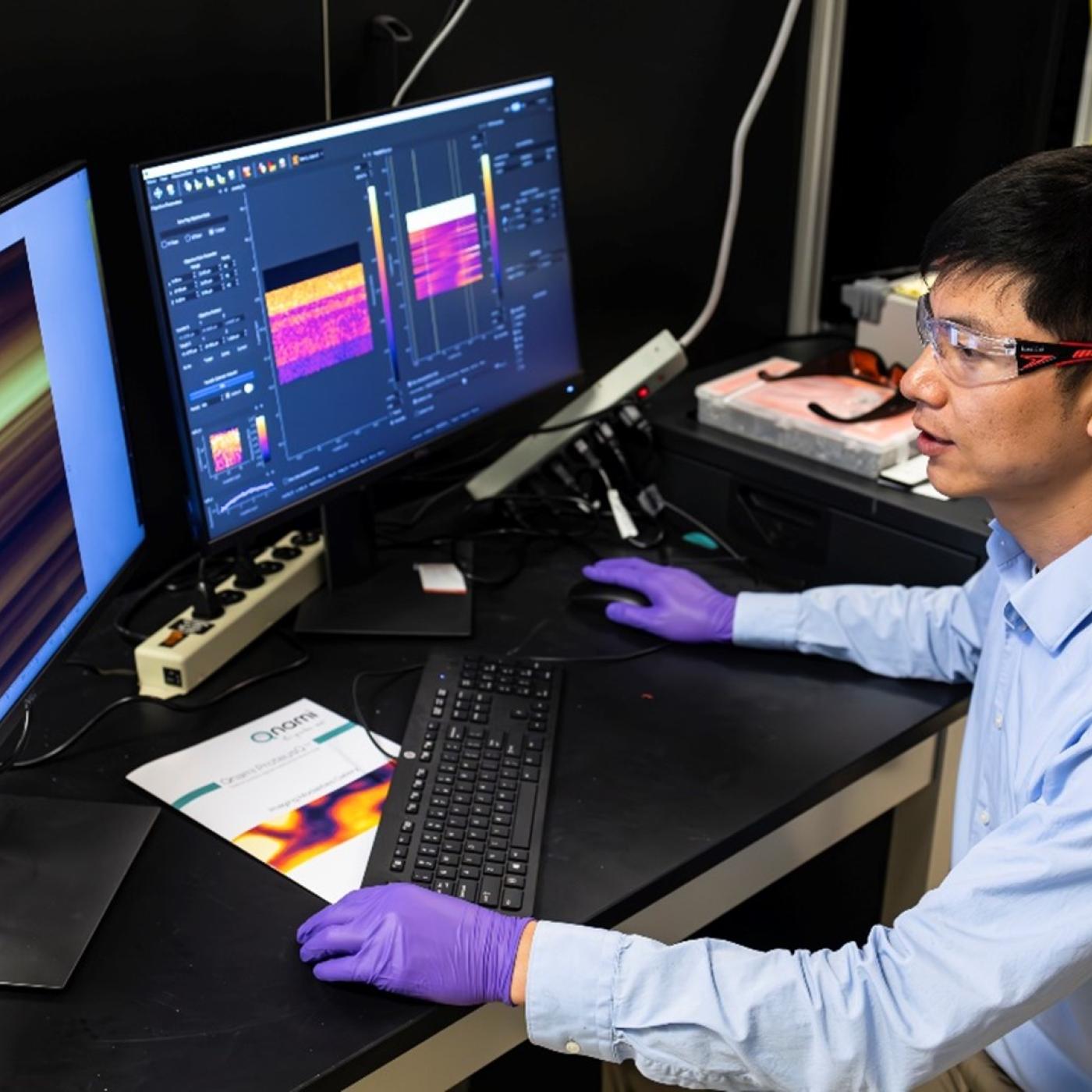
Filter News
Area of Research
- Advanced Manufacturing (2)
- Biology and Environment (1)
- Clean Energy (7)
- Fuel Cycle Science and Technology (1)
- Fusion and Fission (26)
- Fusion Energy (10)
- Isotope Development and Production (1)
- Isotopes (3)
- Materials (16)
- National Security (5)
- Neutron Science (3)
- Nuclear Science and Technology (36)
- Nuclear Systems Modeling, Simulation and Validation (1)
- Supercomputing (4)
News Topics
- (-) Nuclear Energy (111)
- 3-D Printing/Advanced Manufacturing (133)
- Advanced Reactors (35)
- Artificial Intelligence (107)
- Big Data (66)
- Bioenergy (94)
- Biology (105)
- Biomedical (64)
- Biotechnology (25)
- Buildings (69)
- Chemical Sciences (75)
- Clean Water (31)
- Climate Change (110)
- Composites (32)
- Computer Science (205)
- Coronavirus (46)
- Critical Materials (29)
- Cybersecurity (35)
- Decarbonization (89)
- Education (5)
- Element Discovery (1)
- Emergency (2)
- Energy Storage (113)
- Environment (206)
- Exascale Computing (49)
- Fossil Energy (6)
- Frontier (49)
- Fusion (60)
- Grid (68)
- High-Performance Computing (101)
- Hydropower (11)
- Irradiation (3)
- Isotopes (57)
- ITER (8)
- Machine Learning (55)
- Materials (152)
- Materials Science (151)
- Mathematics (10)
- Mercury (12)
- Microelectronics (4)
- Microscopy (51)
- Molten Salt (9)
- Nanotechnology (60)
- National Security (76)
- Net Zero (15)
- Neutron Science (144)
- Partnerships (54)
- Physics (66)
- Polymers (33)
- Quantum Computing (40)
- Quantum Science (76)
- Renewable Energy (2)
- Security (26)
- Simulation (55)
- Software (1)
- Space Exploration (25)
- Statistics (4)
- Summit (63)
- Sustainable Energy (133)
- Transformational Challenge Reactor (7)
- Transportation (100)
Media Contacts
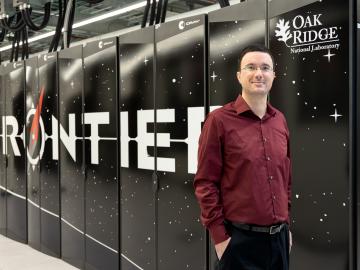
The Exascale Small Modular Reactor effort, or ExaSMR, is a software stack developed over seven years under the Department of Energy’s Exascale Computing Project to produce the highest-resolution simulations of nuclear reactor systems to date. Now, ExaSMR has been nominated for a 2023 Gordon Bell Prize by the Association for Computing Machinery and is one of six finalists for the annual award, which honors outstanding achievements in high-performance computing from a variety of scientific domains.
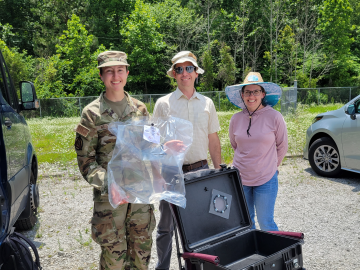
Cadet Elyse Wages, a rising junior at the United States Air Force Academy, visited ORNL with one goal in mind: collect air.

Rose Montgomery, a distinguished researcher and leader of the Used Fuel and Nuclear Material Disposition group at ORNL, has been selected to participate in the U.S. WIN Nuclear Executives of Tomorrow, or NEXT, class of 2023 to 2024.

Leigh R. Martin, a senior scientist and leader of the Fuel Cycle Chemical Technology group at ORNL, has been named a Fellow of the American Chemical Society for 2023.
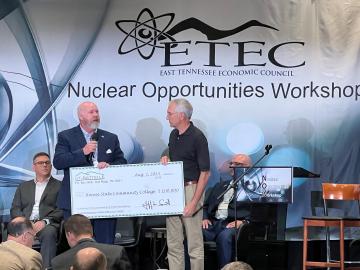
Roane State Community College today announced the launch of a Nuclear Technology Program with a $100,000 contribution from UT-Battelle, LLC, which manages and operates ORNL for the Department of Energy.

JungHyun Bae is a nuclear scientist studying applications of particles that have some beneficial properties: They are everywhere, they are unlimited, they are safe.

Like most scientists, Chengping Chai is not content with the surface of things: He wants to probe beyond to learn what’s really going on. But in his case, he is literally building a map of the world beneath, using seismic and acoustic data that reveal when and where the earth moves.
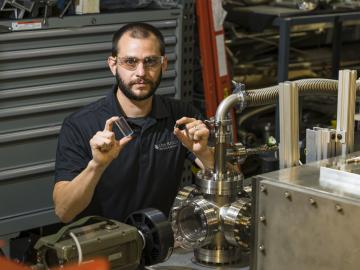
ORNL will team up with six of eight companies that are advancing designs and research and development for fusion power plants with the mission to achieve a pilot-scale demonstration of fusion within a decade.
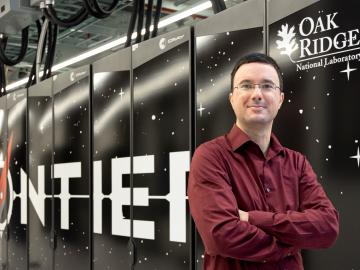
As renewable sources of energy such as wind and sun power are being increasingly added to the country’s electrical grid, old-fashioned nuclear energy is also being primed for a resurgence.

A method using augmented reality to create accurate visual representations of ionizing radiation, developed at ORNL, has been licensed by Teletrix, a firm that creates advanced simulation tools to train the nation’s radiation control workforce.


